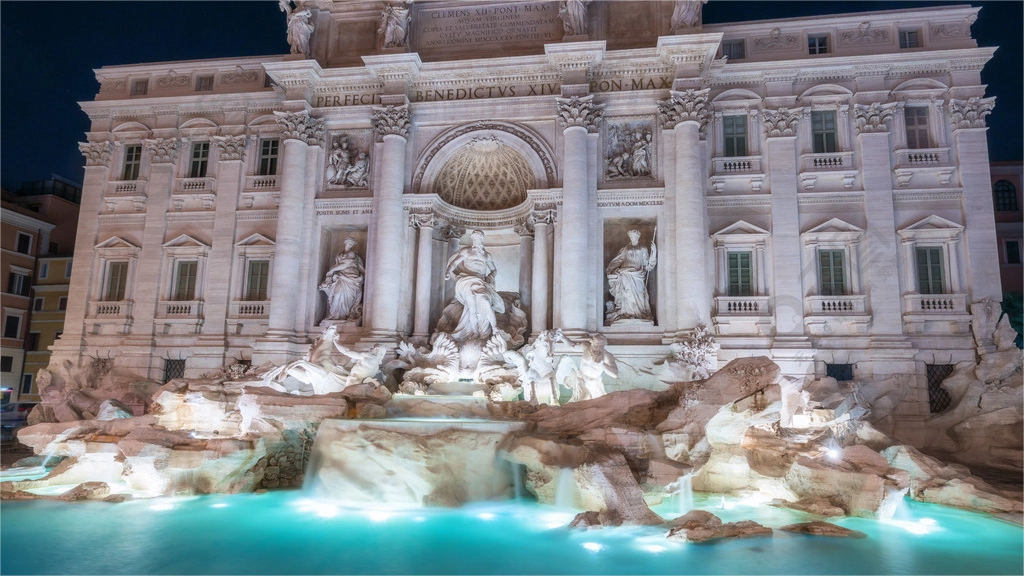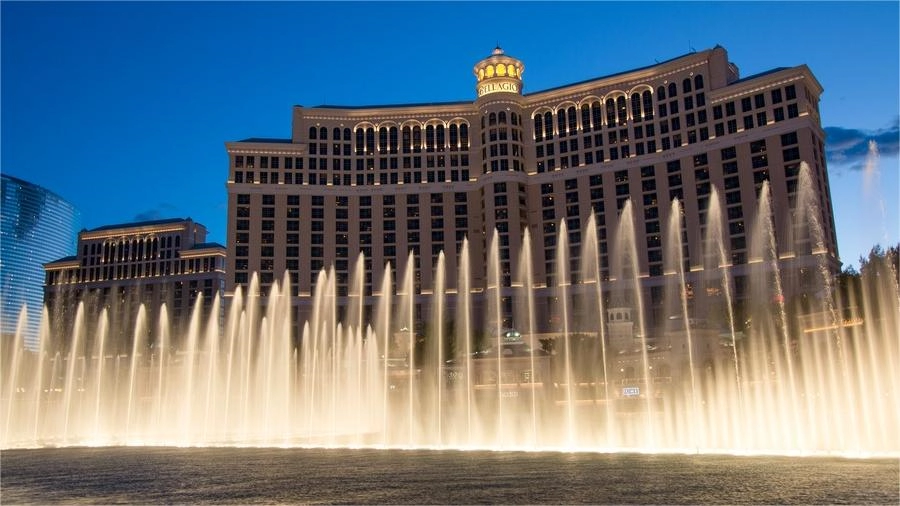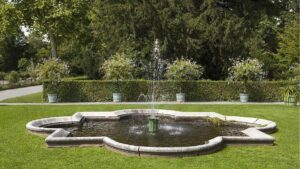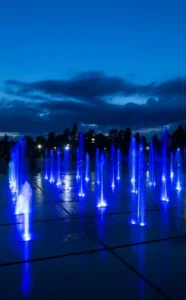- Product Knowledge
The Role of Sound in Fountain Design
In the realm of fountain design, the integration of sound is not merely an aesthetic choice but a fundamental element that enhances the overall sensory experience. The combination of visual splendor and auditory delight transforms ordinary fountains into captivating masterpieces. This article delves into the multifaceted role of sound in fountain design, exploring its impact on ambiance, emotional resonance, and environmental harmony.
The Science of Sound in Fountains

Acoustic Engineering in Fountain Design
Acoustic engineering plays a pivotal role in the design of water fountains. By carefully calibrating the sound produced by flowing water, designers can manipulate the acoustic environment to create specific moods and atmospheres. The interaction between water and sound waves involves complex principles of fluid dynamics and acoustics. Sound waves are shaped by the speed, volume, and direction of the water flow, allowing designers to craft a precise auditory experience.
Soundscapes and Human Perception
Human perception of sound is deeply rooted in our cognitive and emotional responses. The sound of water has been scientifically proven to have a calming effect on the human psyche. By incorporating gentle water sounds, designers can evoke feelings of tranquility and relaxation. Conversely, more dynamic water sounds can energize and invigorate listeners, creating a sense of excitement and vitality. This psychological dimension underscores the importance of sound in fountain design.
Creating Atmosphere with Water Sounds
Types of Water Sounds in Fountains
Fountains can produce a variety of water sounds, each contributing uniquely to the overall ambiance. Cascading water creates a soothing, continuous flow, ideal for serene environments such as gardens and meditation spaces. Splashing water, on the other hand, introduces a playful and lively element, perfect for public plazas and recreational areas. The choice of water sound type is crucial in aligning the fountain’s acoustic profile with its intended setting.
Integration with Visual Elements
The synergy between sound and visual elements is essential in fountain design. Visual cues, such as the height and direction of water jets, directly influence the resulting sound. High-arching jets produce a pronounced, dramatic splash, while low, gentle flows create a subtle murmur. By synchronizing visual movements with corresponding sounds, designers can craft a holistic sensory experience that captivates and engages observers.
Technological Innovations in Sound-Enhanced Fountains
Advanced Sound Systems
Modern fountain designs often incorporate advanced sound systems to amplify and modulate natural water sounds. Underwater speakers and strategically placed audio devices can enhance the acoustic impact of a fountain. These technologies allow for precise control over sound levels, ensuring that the auditory experience remains consistent regardless of environmental noise variations. Additionally, integrating music and pre-recorded soundscapes can further enrich the sensory experience.
Interactive Sound Features
Interactive features are becoming increasingly popular in contemporary fountain designs. Motion sensors and pressure pads can trigger specific sound effects, creating an immersive and engaging environment. For instance, a visitor’s movement might activate a particular water jet and accompanying sound, personalizing the experience. Such interactivity not only enhances the enjoyment of the fountain but also fosters a deeper connection between the observer and the environment.
Environmental Considerations in Sound Design
Balancing Sound and Ecology
While sound is a critical component of fountain design, it is essential to balance it with ecological considerations. Excessive noise pollution can disrupt local wildlife and negatively impact the surrounding environment. Designers must ensure that the sound levels are kept within acceptable limits to protect both human and animal inhabitants. Sustainable practices, such as using natural materials and energy-efficient technologies, can further mitigate environmental impacts.
Sound and Urban Planning
In urban settings, the integration of sound in fountain design can significantly influence public spaces. Carefully designed fountains can mask undesirable urban noise, providing an acoustic refuge for city dwellers. The strategic placement of sound-enhanced fountains in parks, plazas, and communal areas can improve the overall soundscape of a city, contributing to the well-being of its residents. Moreover, these features can serve as focal points for community gatherings and events, enhancing social cohesion.
Case Studies: Exemplary Sound-Enhanced Fountains
Trevi Fountain, Rome

The Trevi Fountain in Rome exemplifies the timeless appeal of integrating sound into fountain design. The cascading water creates a harmonious symphony that complements the fountain’s baroque architecture. Visitors are drawn not only by the visual grandeur but also by the soothing sound of water, which creates a serene and contemplative atmosphere amidst the bustling city.
Bellagio Fountains, Las Vegas

The Bellagio Fountains in Las Vegas showcase the cutting-edge application of sound in modern fountain design. Featuring a choreographed water show set to music, the Bellagio Fountains combine visual spectacle with an auditory feast. The integration of music and dynamic water movements captivates audiences, demonstrating the powerful effect of sound-enhanced fountains in creating memorable experiences.
Future Trends in Fountain Sound Design
Sustainable Sound Technologies
As environmental awareness grows, the future of fountain sound design will likely emphasize sustainability. Innovations in renewable energy sources and eco-friendly materials will shape the next generation of sound-enhanced fountains. Designers will continue to explore ways to reduce the ecological footprint of these installations while maintaining their aesthetic and auditory appeal.
Augmented Reality and Virtual Soundscapes
Emerging technologies such as augmented reality (AR) and virtual soundscapes are poised to revolutionize fountain design. By integrating AR, designers can overlay digital sound elements onto physical water features, creating hybrid experiences that blend the real and virtual worlds. Virtual soundscapes can simulate diverse environments, offering limitless possibilities for creative expression and sensory immersion.
Conclusion
The role of sound in fountain design is a multifaceted and dynamic aspect that significantly enhances the sensory appeal of water features. From the scientific principles of acoustics to the psychological impact on human perception, sound plays a crucial role in crafting memorable and engaging environments. As technology advances, the potential for innovative and sustainable sound-enhanced fountains will continue to expand, offering exciting opportunities for designers and enriching experiences for audiences worldwide.



